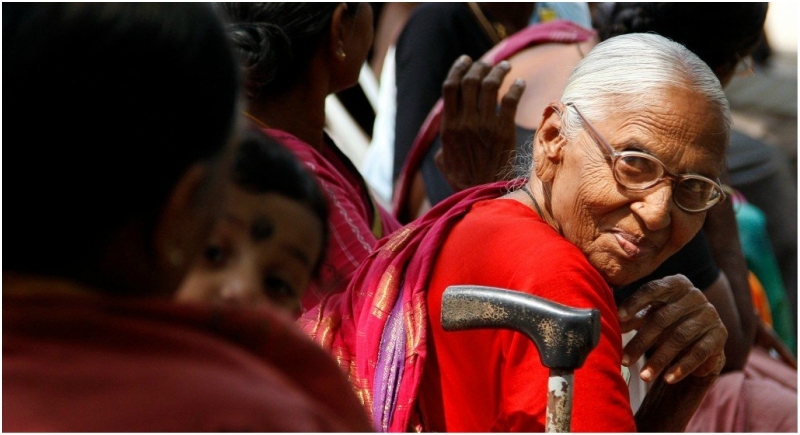Some enjoy healthy long lives, some suffer premature deaths ! Simple urine test could measure age related diseases
Telangana, March 1: We humans have always been concerned about our age and age-related issues: maybe skin or illness. No need to worry now as a simple urine test may determine how much people are getting older biologically, an advance that could help predict the risk of developing the age-related disease and even death.

The findings showed that a substance indicating oxidative damage increases in urine as people get older.
One mechanism thought to underlie biological ageing involves a molecule vital to our survival -- oxygen -- in what is called the free radical theory of ageing.
While everyone born in the same year has the same chronological age, the bodies of different people age at different rates. This new marker potentially provides a method to measure how much our body has aged -- our biological rather than chronological age.
The urine test could help predict our risk of developing the age-related disease, and even our risk of death, the researchers said.
"Oxygen by-products produced during normal metabolism can cause oxidative damage to biomolecules in cells, such as DNA and RNA," said Jian-Ping Cai, from Beijing Hospital.
"As we age, we suffer increasing oxidative damage, and so the levels of oxidative markers increase in our body," Cai said.
The study, published in the journal in Frontiers in Aging Neuroscience, describes a way to easily measure levels of this marker in human urine samples. The new marker potentially provides a method to measure how much our body has aged -- our biological rather than chronological age.
One marker called as 8-oxo-7,8-dihydroguanosine -- or 8-oxoGsn for short -- results from oxidation of a crucial molecule -- oxygen -- in our cells called RNA. Previous studies showed that 8-oxoGsn levels increase in urine with age in animals.
In the new study, published in the journal in Frontiers in Aging Neuroscience, the team measured 8-oxoGsn in urine samples from 1,228 Chinese residents aged 2-90 years old.
To see if this is true for humans as well, the researchers measured 8-oxoGsn in urine samples from 1,228 Chinese residents aged 2-90 years old, using a rapid analysis technique called ultra-high-performance liquid chromatography.
"We found an age-dependent increase in urinary 8-oxoGsn in participants 21-year-old and older," Cai said.
"Urinary 8-oxoGsn may reflect the real condition of our bodies better than our chronological age, and may help us to predict the risk of age-related diseases," Cai said.
Interestingly, levels of 8-oxoGsn were found roughly the same between men and women, except in post-menopausal women, who showed higher levels. This may have been caused by the decrease in estrogen levels that happens during menopause, as estrogen is known to have anti-oxidant effects, the researchers said.